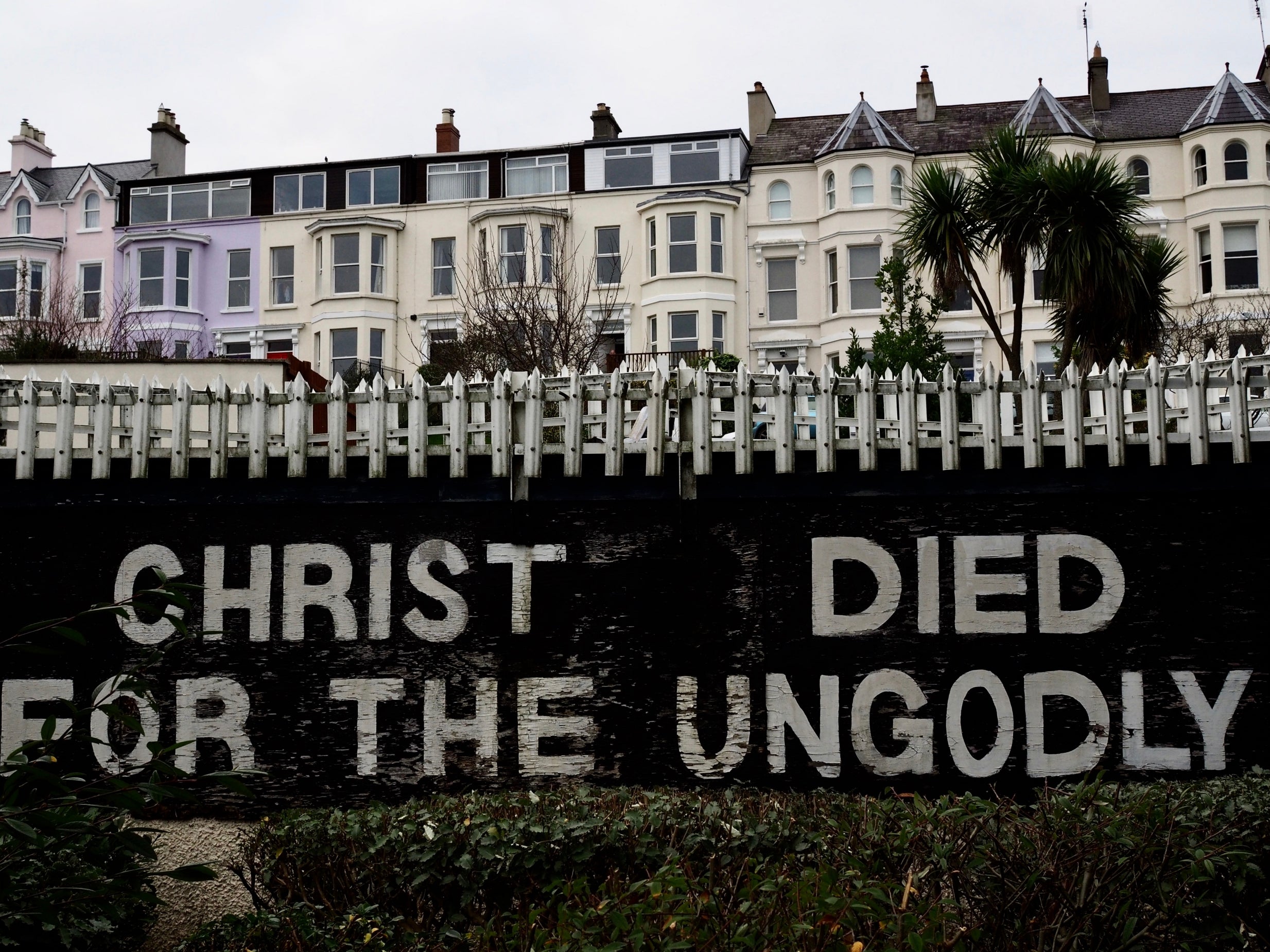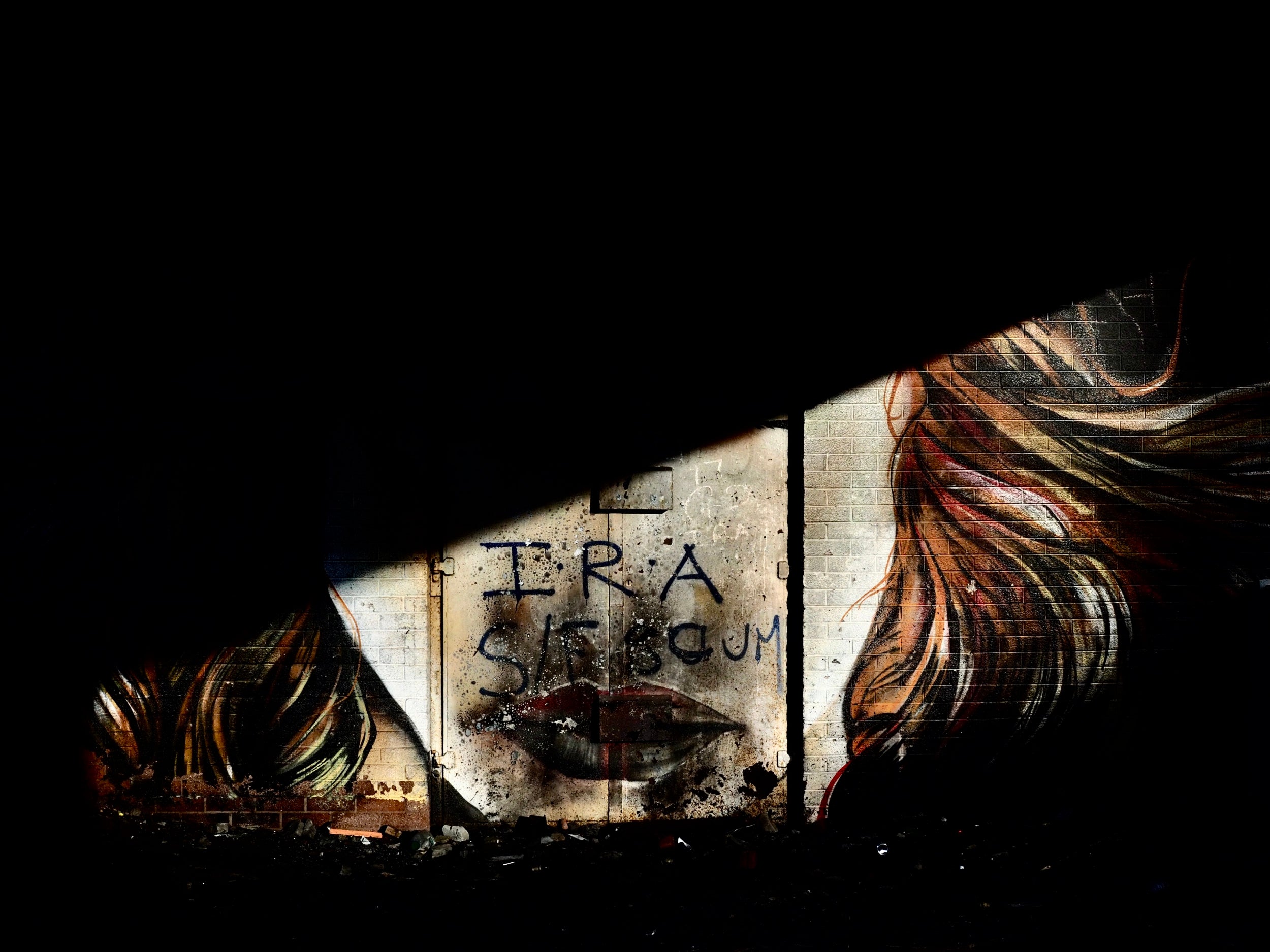Britain Before Brexit: a portrait of Northern Ireland and its people
The Independent’s photographer Richard Morgan is examining his own country in the midst of Brexit’s chaos, scrutinising the contrasts of contemporary Britain and the ambivalence of modern Britishness. This week: Northern Ireland

Your support helps us to tell the story
From reproductive rights to climate change to Big Tech, The Independent is on the ground when the story is developing. Whether it's investigating the financials of Elon Musk's pro-Trump PAC or producing our latest documentary, 'The A Word', which shines a light on the American women fighting for reproductive rights, we know how important it is to parse out the facts from the messaging.
At such a critical moment in US history, we need reporters on the ground. Your donation allows us to keep sending journalists to speak to both sides of the story.
The Independent is trusted by Americans across the entire political spectrum. And unlike many other quality news outlets, we choose not to lock Americans out of our reporting and analysis with paywalls. We believe quality journalism should be available to everyone, paid for by those who can afford it.
Your support makes all the difference.Britain is divided, by 12 regions, a statistical arrangement designed to help governments see the life of the population in graphs, charts, and tables. I’m looking at Britain through these regions too, but not statistically, not through numbers that ignore the brilliant details of everyday life, but through the lens of my camera, on the ground, up close.
I’m served Italian coffee by Latvians as the ferry from Liverpool docks in Belfast. I board a train westward to Derry, Londonderry – a city whose name seeks to accommodate multiple political faiths – and watch the sun rise over shifting landscapes.
Craigavon Bridge takes me from the station into town, past Hands Across the Divide, a sculpture depicting two men reaching out to each other in reconciliation, their fingertips almost touching. I walk the city walls, stopping at the Fountain Murals, where the kerbs are painted the red, white, and blue of the Union Flag and where a large sign reads: “Peace if possible, truth at all costs”.
In less than five minutes I’m on Rossville Street, the site of Bloody Sunday, where murals depict the violent tragedies of the Troubles, show commitment to the IRA, and demand that ties to England be broken.
I cross and recross the long and winding Peace Bridge and notice how a section of its pathway is slatted, as if to encourage people to look down at the river Foyle, the uncertain water that once divided the city in two.
At night I listen to Irish folk music and drink Guinness. There are a few tourists in the bar and it gets me thinking about the city’s commercial pull: there’s the rich, York-esque historical element of the old town, with its city walls, iron cannons, paved streets and ancient buildings; there’s the history of the Troubles (even in the depths of winter I followed the trail of murals and sites of conflict with other tourists); and then there’s Game of Thrones, much of it being filmed around the Giant’s Causeway in the north of the country, to which American tourists set off from their base in Derry, Londonderry to get a real experience of the unreal.
Only one of these attractions is real, of course, and continues to affect the daily lives of its inhabitants. And I find out just how real when two fellow drinkers, suspicious that someone in town to photograph should have left his camera in his hotel room, accuse me of being an English spy for the rest of the night, tongue half in cheek, half out.
I make a stop on the train east to Castlerock, a tiny dot of civilisation on the northern coastline. There’s a famous golf course, a pub, some residential streets. There’s a vast and flat sandy beach that’s deserted yet crisscrossed with footprints.

The lady in the village shop laughs when I tell her that I’ve just come from Derry, Londonderry, amused to hear both names used at once. She says that local people call it Derry or Londonderry depending on who you’re talking to. But what if you don’t know who you’re talking to, I ask, if you’ve no way of knowing the hidden political views inside of someone’s head before talking to them? She shrugs.
I get back on the train and decide to stick with the official, full name, like the train timetables and the maps and the weather forecasts do, because the only alternative is to take a 50-50 stab in the dark and risk causing offence. Better to sound like an odd Englishman than a culturally insensitive one.
I get off the train at Bangor and mooch around an out-of-season summer park. I follow the tracks of a miniature railway and empathise with the drooping heads of swan-shaped pedalos. Walking through town I read pro-abortion graffiti on one wall and a sign reminding me that God died for the unbelievers on the next. Another wall tells potential graffiti artists to smile because they’re on camera, itself becoming the wall’s art piece, a new development in the fight for the right to write on public space, the next move in a game of chess being played all over modern Britain, whose players seek to scribble that next, decisive statement.
I meet a peace and conflict studies lecturer in Belfast. It’s his job to lecture the many international students who regularly come to learn about the academic subject in a real-life situation. The city is now a case study of this field of research, an example of how theory plays out in practice, and its people and communities – their pasts and presents and futures – are by extension looked at as objects of anthropological research, as living embodiments of the experience of living through conflict.
Later I listen to Belfast blues in the Empire, sharing a table with a man who’s been stood up. We sit without talking, both of us happy to lap up the sad and nostalgic sounds, distanced from each other by what the music means to us, by the unique chimes it rings in our heads.
For more of Richard Morgan’s work you can visit his website here
Join our commenting forum
Join thought-provoking conversations, follow other Independent readers and see their replies
Comments